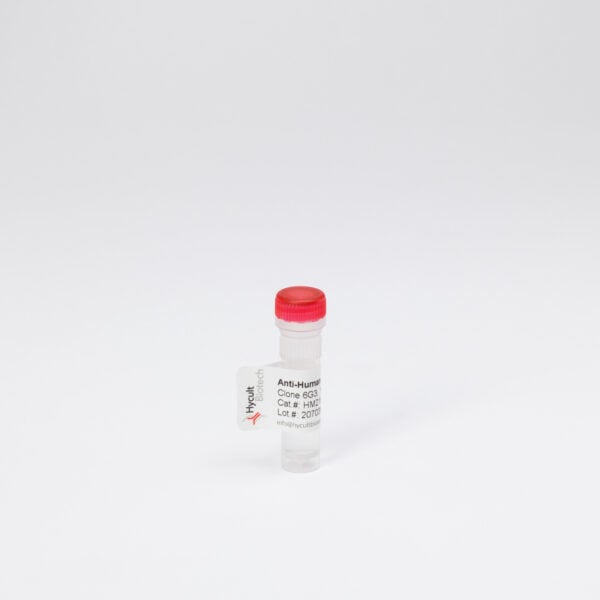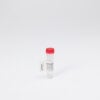TRACP5a, Human, mAb 220
€133.00 €456.00Price range: €133.00 through €456.00
Monoclonal antibody 220 recognizes human tartrate-resistant-acid phosphatase 5a (TRACP5a). TRACP is considered a marker for differentiated monocytes like macrophages, dendritic cells and osteoclasts. It is also considered to be a serum marker for bone disease. TRACP has two isotypes (5a &5b) with different characteristics. Isoform 5a is intact and bears a sialic acid and has a lower activity and pH optimum (pH5.0-5.2) than TRACP5b (pH5.8-6.0). TRACP5a circulates as a 35kD glycoprotein and 5b as a linked heterodimer of proteolytically cleaved16 & 23 kDa fragments. TRACP5a has unique epitopes associated with the intact loop peptide. Antibody 220 recognizes the regulatory loop peptide which interacts with the active site of TRACP5a.
Serum TRACP protein is predominantly isoform 5a, while most of the activity is due to isoform 5b. TRACP5a, but not 5b is secreted by activated macrophages and dendritic cells and is therefore considered a marker for systemic macrophage and chronic inflammation. TRACP 5a levels are correlated positively with inflammation-related markers CRP, ferritin, and triglycerides, which are also elevated in cardiovascular patients (CVD), but have no relationship to TRAP 5b activity or other bone metabolic markers. TRACP5a is a specific secreted marker of inflammatory macrophages relevant to their systemic number. TRACP5b is a marker for osteoclast number and bone resorption.
The clinical significance of TRACP5a is not completely clear yet. TRACP5a levels are elevated in end stage renal disease, 30% of rheumatoid arthritis patients and was positively correlated with body mass and fat indices (adipose tissue macrophages). Elevated serum TRACP5a may be an indicator of advanced or systemic inflammatory disease associated with inflammatory vulnerable plaque and a risk marker for adverse events in CVD.






